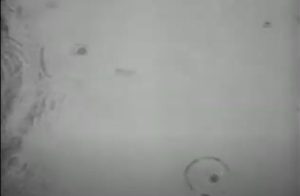Autumn Mist is an amazing French short film. It’s directed by Dimitri Krisanoff. It’s a 12 minute silent film that was released in 1929.
The main theme of the 12 minute movie is that a woman is left by her lover and is dealing with the emotions that follow her loss. There’s a lot of focus on her face conveying the emotion of hopelessness and sadness.

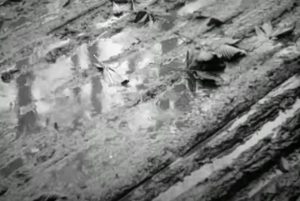
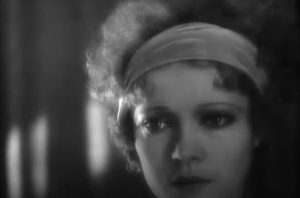
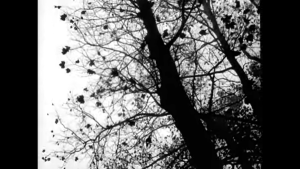
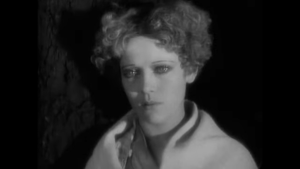

There’s a moment where it starts raining and the camera focuses on the rain hitting the ground. This moment shifts the tone to let the viewers know this is her physical manifestation of her emotions happening on scene. This is later backed up by the fact that when the sun comes out we see her shift from her dark thoughts to seeing the light. Both physically and metaphorically.
Overall this is a great example of how shots can convey emotions. The shots can tell just as much of a story as if someone was reading the words to the story to you.
Overall it was a great watch.
-Quincy Harris

